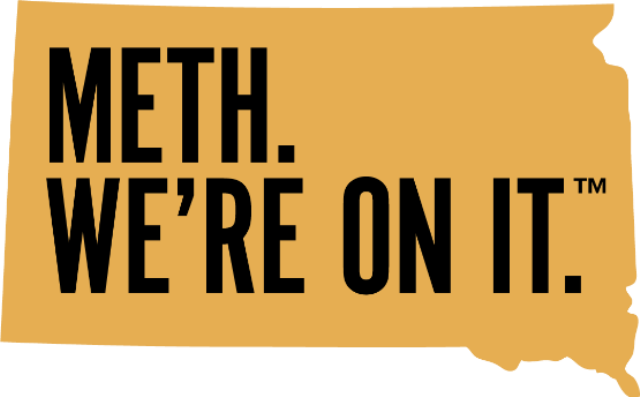
Image source: onmeth.com
South Dakota’s anti-drug campaign raises questions about how to measure the effectiveness of public awareness campaigns. The campaign’s tagline — “Meth. We’re On It.” — gained substantial attention. But was it the right kind of attention? And did it accomplish its goal?
The slogan, featured on billboards and in TV ads throughout South Dakota, portrayed different types of people, such as teens, farmers and older women, with the words: “Meth. I’m on it.” or “Meth. We’re on it.”
Ridicule and Confusion
The campaign sparked ridicule and confusion. The slogan’s double entendre confused some. Many Twitter users wondered if people in the ads were addicted to the drug or combatting addiction. Some wondered if the entire state of South Dakota or the people who created the ad were on drugs.
South Dakota Governor Kristi Noem defended the campaign on Twitter, arguing that it accomplished its goal. She tweeted: “Hey Twitter, the whole point of this ad campaign is to raise awareness. So I think that’s working…”
The campaign gained extensive media attention. It was a trending topic on Twitter and Google News, temporarily diverting attention from impeachment hearings. Many news articles on the ad cited alarming statistics and quotes from experts about meth use in the state, helping the campaign’s goal of raising awareness about the problem. Some also included Noem’s appeal for increased federal funding.
Goal of Raising Awareness Accomplished
The agency that devised the public service announcement, Minneapolis-based Broadhead, said it was proud of its work. It met its goal of raising awareness about meth addiction in the state, said Broadhead president Beth Burgy. If it had emulated scare tactics of previous anti-drug PSAs, the ad would have been ignored, Burgy said, probably correctly. Presumably, the agency continues to track results through a media monitoring and measurement service.
“The impetus for the campaign was the idea that meth affects everyone in the state. It’s not just one person or one family that is impacted, but entire communities,” Burgy said. “We chose to illustrate that visually by featuring South Dakotans that you wouldn’t expect to be on meth, and juxtapose their portraits with the ‘I’m On It.’ headline. It’s intended to make you stop and do a double-take.”
What about the Bottom Line KPI?
While the campaign gained copious news coverage and social media impressions, it’s not clear if it will make a dent in meth use in the state, the bottom line KPI.
“Methamphetamine is a huge problem. It’s a much larger problem than opioids in South Dakota and the Midwest,” Jeffrey Stamm, executive director of the Midwest High Intensity Drug Trafficking Area, which is part of the Office of National Drug Control Policy (ONDCP), told Yahoo Finance. “So there’s a reason for the ad campaign, and I certainly applaud their efforts. I think, obviously, the elephant in the room is whether that’s an effective campaign or not.”
Typical marketing campaigns against drug addiction seek to educate the public, especially young people, about the dangers of drug use, with frightening statistics, terrifying images and horror stories of former drug use. Research studies have never found evidence they succeed, reports Jeff Beer at Fast Company.
“’I’m on meth,’ then, is a perfect microcosm for the general state of antidrug PSAs, because no one can agree if it’s any good—or if it’ll actually work,” Beer writes.
Bottom Line: South Dakota’s marketing anti-drug campaign “Meth. We’re on it.” sparked discussions of drug abuse in the state. In PR and marketing circles, it also sparked discussions about how to measure the effectiveness of PR and marketing campaigns. To date, the answer is unclear.
William J. Comcowich founded and served as CEO of CyberAlert LLC, the predecessor of Glean.info. He is currently serving as Interim CEO and member of the Board of Directors. Glean.info provides customized media monitoring, media measurement and analytics solutions across all types of traditional and social media.




